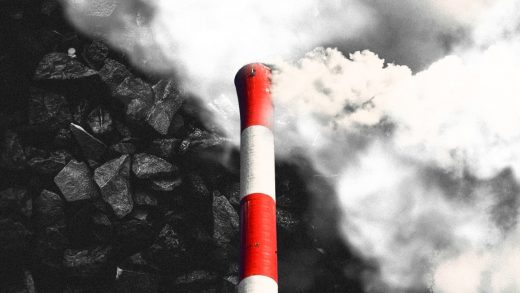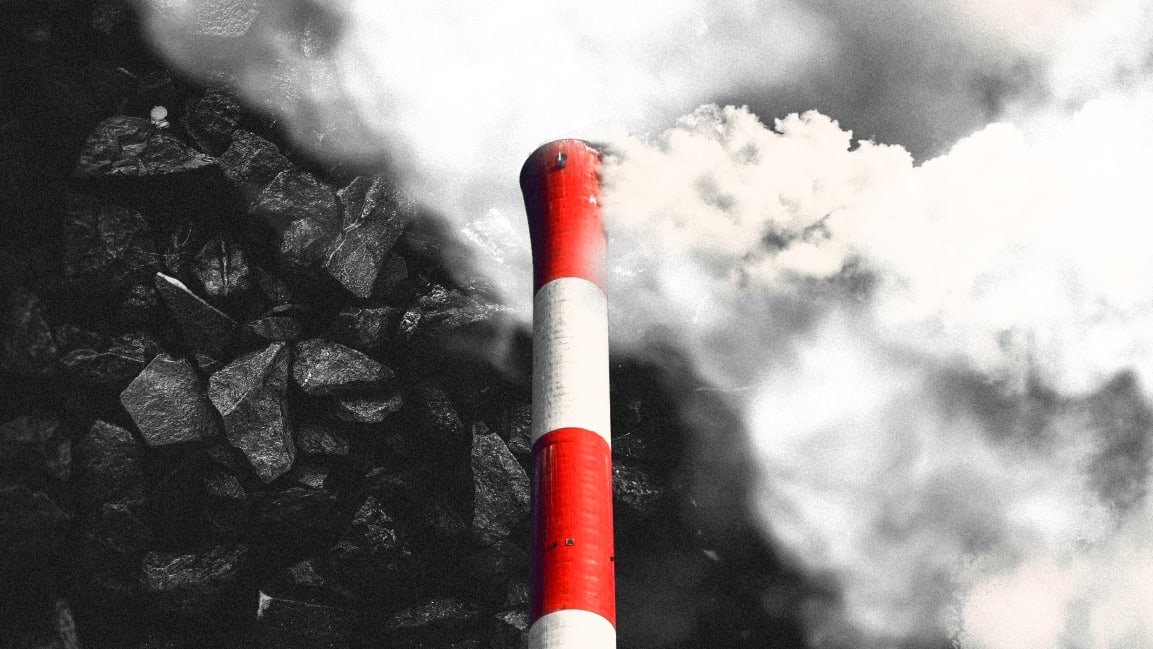Global fossil fuel emissions just hit a record high
Despite the strides made for the climate in 2019—a year filled with activism and attention on the issue and one in which coal use saw record declines in the United States and Europe—global CO2 emissions have increased yet again for a new record high year.
In order to meet the climate goals outlined in the Paris Agreement by 2030, global greenhouse gas emissions need to first stabilize and then decrease dramatically. While experts thought we hit a period of stabilization between 2014 to 2016, CO2 emissions rose in 2017 and have been rising ever since. Though the rate of that growth has slowed—last year emissions grew at a rate of 2.1% while this year they are projected to grow 0.6%—it’s still a positive growth rate, notes Rob Jackson, a professor of Earth Sciences at Stanford University and chair of the Global Carbon Project, which just released a new report on thee numbers. That means more CO2 entering our atmosphere than ever before—an estimated 37 billion tons this year.
Energy use overall continues to rise, and the carbon intensity of that energy production is still high.
The Global Carbon Project, formed in 2001, is an international organization of scientists that tracks carbon emissions from the ocean, land, energy, and industry. This is its 14th global carbon budget report, the findings of which are outlined in three new papers published in Earth System Science Data, Environmental Research Letters, and Nature Climate Change.
In 2018, global fossil CO2 emissions totaled 36.6 billion tons. For 2019, experts project a total of 36.8 billion tons. That’s an increase but not as big of an increase as previous years. That slight improvement is due mainly to the dramatic drop in coal use in the U.S. and Europe. Coal-based emissions are down 10% in both regions this year, per the report, and experts expect coal to continually fall in these markets because of increased competition between coal and lower-cost natural gas and increasingly popular renewable options, and regulations to reduce greenhouse gases.
While that decline in coal is “a really surprising amount,” says Jackson, it’s still not enough of an impact overall. “Part of that coal has been replaced by natural gas and renewables, and some of it has been eliminated through energy efficiency improvements,” he says. “Elsewhere around the world though, coal use is still increasing, natural gas use is increasing a lot, and for the most part, that natural gas isn’t replacing coal, it’s providing new energy for the world.”
Though it’s been framed as an alternative, most renewable energy being built around the world isn’t actually replacing coal or other fossil fuel use at all. It’s simply working alongside fossil fuel sources to provide new energy, so carbon emissions aren’t offset. Energy use overall continues to rise, and the carbon intensity of that energy production is still high. New energy produced around the world today results in the same amount of CO2 pollution as it did three decades ago.
It’s not enough to blame this problem on a few developing countries, though, despite the fact that many people have tried to make that argument, like when Trump tried to justify America’s withdrawal from the Paris Agreement by blaming India and China for not doing enough. Yes, the U.S.’s coal emissions decreased this year, and yes, India’s coal emissions are projected to rise, but it’s not accurate to say that countries like India are dragging us all down because they aren’t decreasing their emissions.
We have to reduce emissions while providing at least a billion people on Earth with more energy.”
Rob Jackson, chair of the Global Carbon Project
Though their CO2 emissions are high, the per capita emissions in India are still six to eight times less than the per capita emissions in the U.S., in part because there are still millions in India without access to reliable electricity. There are disparities around the world with how much energy individuals use, and that creates a conundrum: “We have to reduce emissions while providing at least a billion people on Earth with more energy,” Jackson says.
Those reductions have to come from everyone, and especially the countries using the most energy, the U.S. chief among them. The average person on Earth is responsible for about 4.8 tons of fossil carbon dioxide emissions per year, but the average person in the U.S. is responsible for 16.6 tons. “We consume more than twice per person what someone in Europe or China does, six or eight times someone in India, and 15 or 20 times as much as the average person in Africa,” Jackson says. “We’re making progress, but we haven’t yet done our part.”
To counterbalance rising emissions, we need national and global changes, researchers say: stronger commitments to carbon pricing, energy efficiency improvements, reductions in energy consumption, new and better carbon capture and storage technologies, and the replacement of fossil fuels with renewable sources. It’s not impossible to do; there are about 20 countries whose economies have grown while their CO2 emissions have declined, including Denmark, Finland, and the U.S., and that’s thanks to two things: energy use dropped because it became more efficient, and renewables offset or replaced fossil fuels. That’s the template we all need to follow to an even higher degree, but we also need to use every tool we have, and that means behavioral changes on top of systemic ones, says Jackson. The way things are now, he does expect CO2 emissions to rise again in 2020, but, he adds, “it would be wonderful to be wrong.”
(45)



